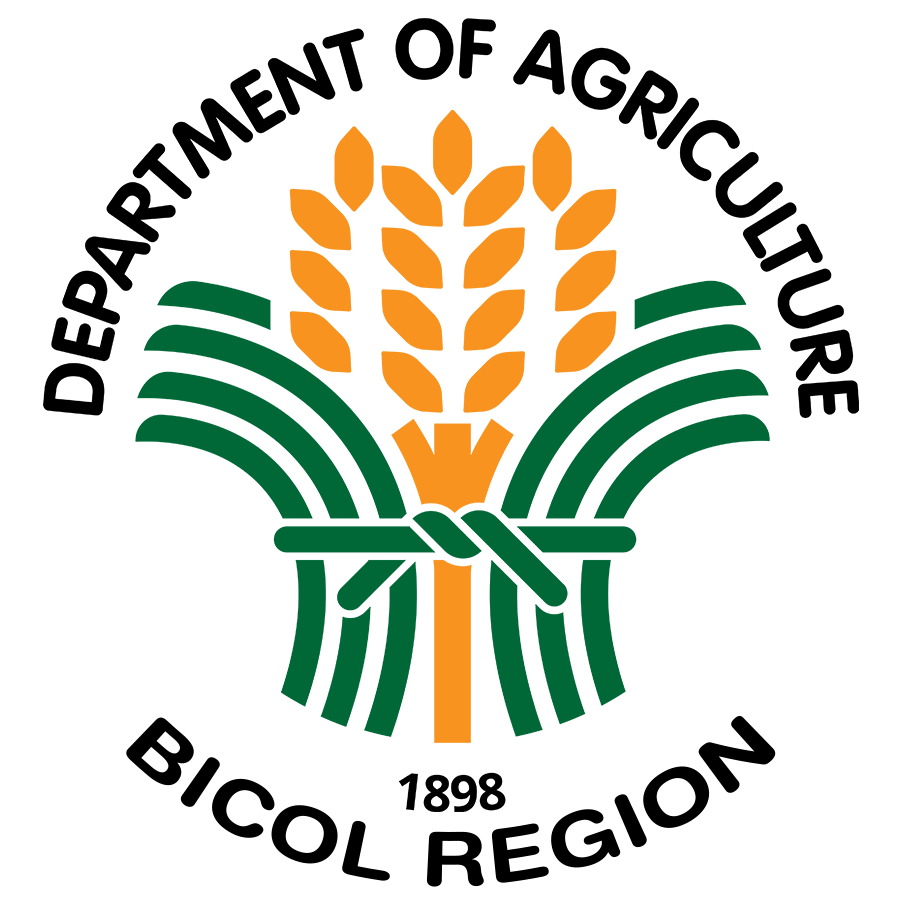SORSOGON CITY, SORSOGON – In Brgy. Pamurayan Sorsogon City, single-entry, single-exit policy is being enforced to ensure that everyone in the community would stay COVID-19-free. Yet, Saldy Jesoro, president of the Samahan ng Mangingisda ng Gimaloto (SAMAGI), never felt isolated at all. His focus is not on border security checkpoints but on the vast expanse of Sorsogon Bay.
“Sabi ko nga sa mga members ko, sa panahon na ito, tutal hindi naman tayo makalabas, bawal naman tayo pumunta ng bayan, hindi naman tayo pinagbabawalan na pumunta sa dagat. Habang naka-ECQ magtanim tayo ng seaweeds imbes na mag-istambay sa bahay para pagkatapos ng ECQ marami tayong seaweeds na maibebenta,” Jesoro said in a phone interview.
Completed in October 16, 2018, the association remains in operation in consonance with Agriculture Secretary William D. Dar’s instruction that all farming and fishing activities shall continue. The Secretary’s Memorandum Circular No. 09 also provides that all farmers and farm workers, fisherfolk and agribusiness personnel shall be exempted from home quarantine provided that they do not exhibit any COVID-19 symptom, only a minimum number of workers are involved, safety protocols are ensured and social distancing is practiced.
According to Jesoro, the association immediately bounced back from the damages it incurred after typhoon Tisoy. In January 2020, they replanted 25 kilograms of seaweed propagules left after the typhoon. This April they harvested 1,000 kilograms of seaweeds. Despite the ECQ SAMAGI maintains its seaweed culture farms. It is also working on a collaboration with four farmers and fisherfolk associations in Bacon, Sorsogon namely: the Samahan ng mga Mangingisda sa Del Rosario, Sitio Pangpang Fisherfolk Association, Samahan ng mga Mangingisda sa San Juan, and Self-Help Group Caricaran Chapter to expand its operation and ensure sustainability of production particularly during Habagat (Southwest Monsoon). This initiative will benefit about 100 farmers and fisherfolk in five barangays.
“Ang kagandahan po niyan pag halimbawa sobrang lakas ng habagat, masisiguro naming hindi kami mawawalan ng production kasi pag habagat dito sa amin na malakas ang hangin, kalmado naman dun sa area ng Bacon,” he said.
The P1.25 million-worth SAMAGI Seaweeds Production and Marketing, is being managed by 74 members. Each of the 10 modules measuring 2,500 square meters is being maintained by seven members. It has 25 mono-lines measuring 100 meters each.
The seaweed production period is from October to May at 60-day growing period, wherein at least three to four cropping can be done. The expected yield is 2.7 metric tons per harvest per module, hence the production volume is estimated to be between 120 and 130 metric tons of raw dried seaweeds (RDS) per year which the association sells at P50 per kilogram. SAMAGI has a regular buyer of RDS from Bulan Sorsogon. Meanwhile, they supply fresh seaweed propagules to the Bureau of Fisheries and Aquatic Resources (BFAR) for P13 per kilogram.
Jesoro mentioned that through SAMAGI’s engagement with Philippine Rural Development Project (PRDP), they got the opportunity to further promote the advantages of and techniques in seaweed farming to other fisherfolk.
“Proud ako na nakakatulong at natuturuan ko sila… Gusto kong malaman ng PRDP na yung dating tinulungan nila, nakakatulong na rin sa iba ngayon,” Jesoro, who is frequently invited as a resource speaker in BFAR’s Fisheries, Coastal Resources and Livelihood (FishCORAL) Project, said.
In the article “The Environmental Benefits of Seaweed Farming,” published in greenerideal.com, it mentions that seaweed farming is an important source of employment and local food production in developing countries. It also helps in reducing cases of overfishing by minimizing the economic necessity of subsistence fishing.
SAMAGI Seaweed Production and Marketing is one of the 10 completed microenterprise subprojects in Sorsogon funded under the PRDP’s enterprise development (I-REAP) component that benefit farmers and fisherfolk in areas affected by typhoon Nona in December 2015. (Annielyn L. Baleza, DA RAFIS V)
Photo credit: Adelaida Mendoza Ernacio
